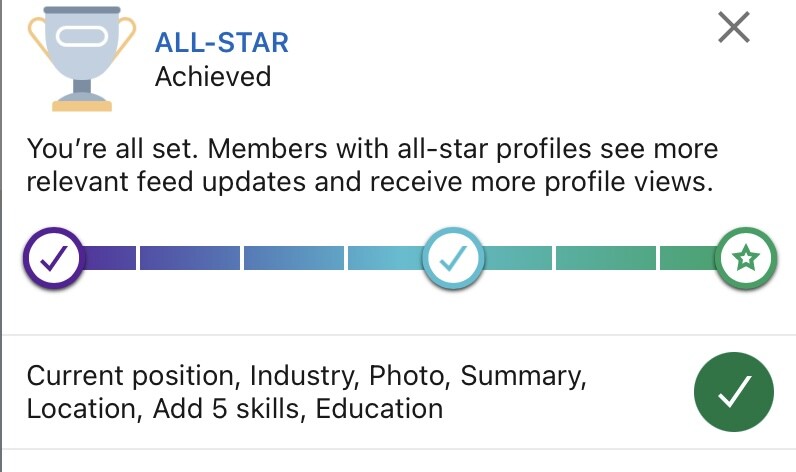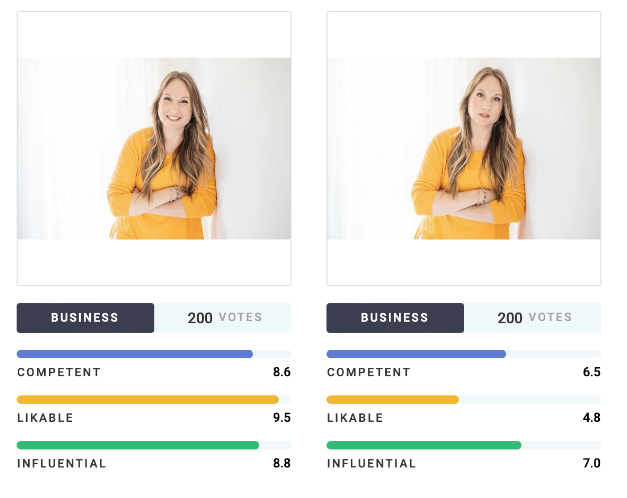Lemons and Ants spoke with workforce re-entry educator Rebecca Joy Tromsness about the struggle parents face when returning to work after a full-time caregiving role and we asked her to please share her top tips for getting started with LinkedIn to accelerate job search success after an extended career break.
THE STRUGGLE
Parents re-entering professional work after caring for children full-time encounter caregiver bias, a documented form of hiring discrimination, where they are perceived to be less committed, less reliable, and less deserving of a job and are half as likely to receive call-backs compared to unemployed candidates (Weisshaar 2018).
Workers who are believed to prioritize family over work are considered a liability rather than an asset; many employers worry whether they’ll leave or be unable to
handle the re-entry transition.
Pair the caregiver bias experience with already feeling a bit out of the loop and you’ve got a recipe for some serious self-doubt in the job search.

THE SHIFT
The pandemic-era conversation is slowly shifting, with emphasis on work-life balance, flexible working conditions, and focus on mental health, wellbeing, all with the ultimate goal of employee retention. In addition, a global labour shortage and industry-wide skills gaps have many employers shifting gears to hire talent with solid soft skills who are a good fit for the role, and then provide technical training on the job.
This is good news for parents, who have a tool belt of transferable soft skills like adaptability, communication, collaboration, empathy/EQ, and self-management, to
name a few.
My goal is to boost job-search confidence for parents and caregivers by emphasizing the value of transferable skills from unpaid work and volunteering alongside previous paid work history, and providing coaching, guidance, and tools for networking agility, upskilling, and personal branding to fast-track call-backs in ways that the traditional resume + cover letter online application duo can’t.
YOUR FIRST STEP TO JOB SEARCH CONFIDENCE: LINKEDIN
Often parents can feel out of the loop when returning from a career break. LinkedIn is the largest professional networking site on the planet, so if you’re feeling disconnected or don’t know where to start in your job search, creating an ALLSTAR profile, searching the job board, utilizing the “follow” and “connect” features, and engaging on others’ posts will absolutely get the ball rolling.
LinkedIn is the perfect platform to flesh out a personal brand (what you’re about / what you offer to employers) and start building a professional online presence. But let’s not get ahead of ourselves. The following four simple tips will elevate your profile so that when you’re navigating your return to work, you can hit the ground running.
A complete (or “ALLSTAR”) profile, which indicates the strength of your profile, looks like this:

TOP TIP for CURRENT POSITION – Beware of using a career break as your current entry.
“Career break” as a first entry in your experience section may hurt your ranking in LinkedIn’s recruiter searches if you’re browsing traditional job boards BUT if you’re specifically looking for a returnship opportunity, a current career break as your first entry helps your visibility tremendously; in fact, it is a prerequisite to qualify for many returnships. Check out iRelaunch and Women Back to Work to learn more about returnships.
Find out navigating your current position with a resume gap here if you’d rather search traditional opportunities.
TOP TIP for PHOTO – Smile!
First, profiles with a photo receive 21x more profile views than those without. If you’re attracting views, you’ll want to ensure your photo is stellar because an eye- tracking heat map study of the LinkedIn profile photo revealed that recruiters spend more time viewing the photo than any other area. Lemons and Ants offers incredible professional headshots (they did mine!).
Second, a smile will get you better results. I heard that profiles with a likeable photo – a smile to nail the know-***like***-trust factor – receive better reception overall so I tested this theory and sure enough, it rang true for me, too.

You’ll see below my experiment on Photofeeler. The two photographs were taken by Lemons and Ants; the only difference is a smile vs. no smile. My likeability rating doubled with a smile. People hire other people that they like. Likability is a little-talked about feature of the job search and a smiling can do wonders for your LinkedIn profile photo.
TOP TIP for SKILLS SECTION – Add all 50 (not just 5)
The LinkedIn algorithm ranks profiles in recruiter searches according to the ALLSTAR criteria, among other things – and skills are no exception. The more relevant skills to the position/role you’re after, the more searches you’ll appear in. Hint: Add the skills that appear in the job descriptions you’re planning to apply for; they act like keywords. You can add up to 50. Go nuts. Ask for endorsements from someone highly qualified in that skill and it’ll boost you further in the ranking.

TOP TIP for EDUCATION – You have no obligation to date your education
Along with other forms of hiring discrimination, we have ageism. With people starting families later in life, coming back from a career break from parenting may mean you’re approaching, or over, the 40-year mark. Age discrimination goes both ways, where employers either choose not to hire young talent perceived to lack maturity or have little professional experience, or choose not to hire older talent because they’re perceived to be less tech-savvy, less adaptable, or to have higher salary expectations.
When filling out the education section of your profile, feel free to skip the dates if you want. There’s no rule either way, so do what feels most comfortable for you.
I hope you walk away encouraged today and feeling a bit more confident with how to get started with your LinkedIn profile.